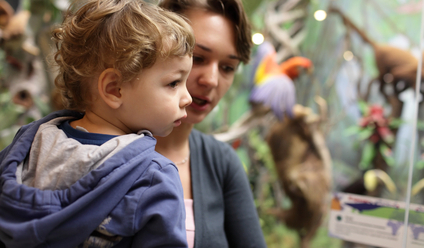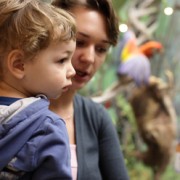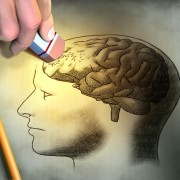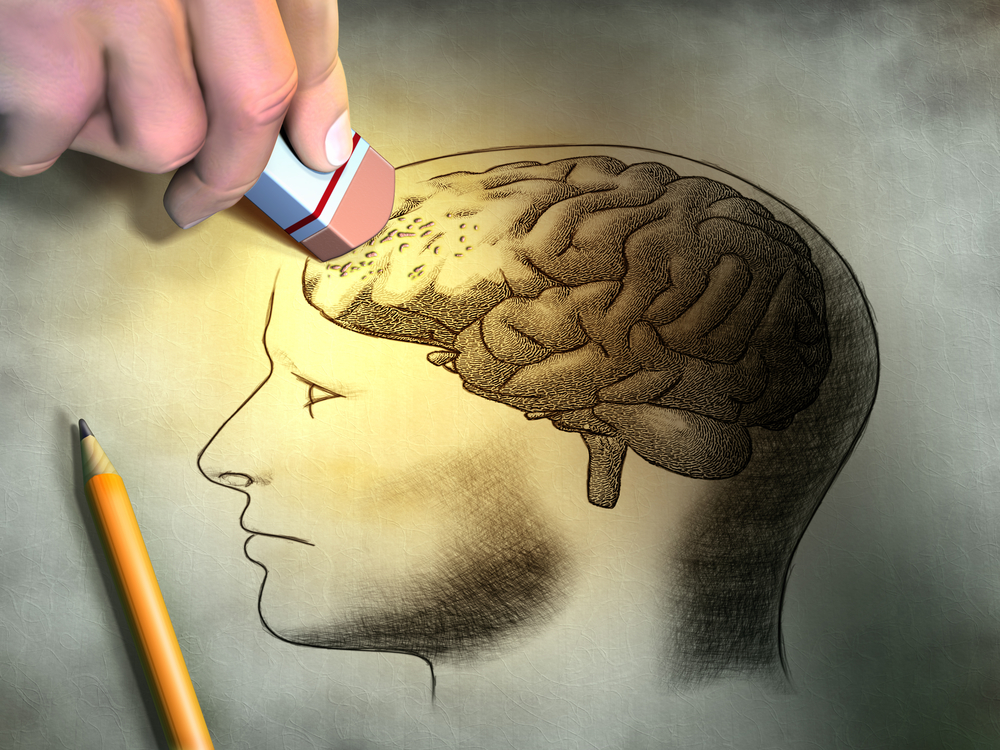Memorable Museums – the Importance of Context
If you your visitors to remember the what they learn at your museum, the context in which they experience that information is important.

Your museum environment, or context, can help or hinder who much of your content your visitors remember.
In the last post we talked about the 3 ‘Rs’ of remembering – recording, retaining and retrieving (remember?!) and I mentioned that anything that interferes with any of those 3 elements of the memory process prevents us from remembering things.
So I promised you some insight into how you can make it easier for your visitors to remember the messages you’re aiming to convey. For ease of digestion, I’ve split this into 2 parts – Content (how you present your interpretation) and Context (the environment you present that interpretation in).
I’m going to introduce you to the key foundations of my thoughts on content in some articles to follow this one. This article tackles some thoughts on context and is inspired by some salient points in Ken Higbee’s book:
Attention
One of the main reasons we forget is that we didn’t actually remember the information in the first place – it wasn’t recorded or retained. If you want your visitors to remember something, you have to ensure they’re paying attention to it in the first place.
Now I’m going to debunk a myth – no matter what you think, you can only pay attention to one thing at a time. If you think you can multi-task, it’s because you’re switching your ‘sole’ attention between various tasks. You can’t ‘split’ your attention. Just like you can flick between channels on your TV but you can’t watch two at once.
I think there are 2 sides to this point and one of them is ‘content’ related. Firstly, you need to get people’s attention. A heading like ‘A Medieval Peasant’s Daily Diet’ probably isn’t going to do it but a heading like ‘Bread, Beans, Turnips and a Gallon of Beer’ is more likely to.
Secondly, modern design says ‘open plan’ but this point is suggesting a ‘compartmentalised’ approach. Don’t distract them too much – let them focus on just one thing at a time (because that’s all they can focus on) and that will aid the remembering process.
Tension
Do you remember going into exams and then remembering all the answers as you were walking out of the door at the end? Stress, or tension, gets in the way of remembering things.
If people are ‘stressed’ when they’re visiting your attraction, they’re not going to remember it as well.
That stress can come from lots of different sources – their own family (kids being annoying), others at the attraction or the environment in general (noisy, distracting). The more you can do to create a relaxing environment, the more likely they are to remember what you’re telling them.
Environment
Where you learn is important to your ability to recall it. For example, if you want to do well in an exam, it helps if you do your revision in the same room you are going to be tested in (unlikely I realise). This is because your environment gives you contextual cues to the information you’re trying to remember. If you revised in your bedroom, your contextual cues will all relate to that environment – of little use when you enter the exam room.
Now I’m not advocating that this means that the best approach is to make your attraction resemble someone’s front room but it does suggest that doing your utmost to create an environment which is ‘context neutral’ may be a good approach.
By this I don’t mean blank white walls but making each ‘story area’ as different to each other as they can be.
As the environment in which you want them to ‘retrieve’ is so different to the environment in which you want them to ‘retain’, your best approach is to give them as many different environments as you can. Then their recall doesn’t become anchored in environmental cues.
Spacing
Cramming doesn’t work. The more you space out learning, the more likely you are to recall it.
Sometimes, when I’ve visited attractions, I’ve felt like I’m cramming because there’s so much information presented to me and I feel duty bound to consume what’s there. The problem is, this causes ‘interference’ – the extra information I’m trying to take in interferes with the information I’ve already taken in, which can prevent me from remembering anything.
So what does this suggest in terms of how you interpret you attraction? Well there are 3 thoughts that pop into my mind.
Firstly, should we be keeping things simpler? Should we be presenting information in a way that gives people the key points without having to delve into the detail?
Secondly, should we be compartmentalising the experience more? Perhaps recommending different experiences for first time visitors and repeat visitors? For the former, keep it simple. For the latter, build on what they already know. Or do we keep different subject areas ‘compartmentalised’ more discretely so people can pick and choose their areas of interest but aren’t encouraged to take on too much?
And finally, should we be building in ‘zones’ for ‘reflection and review’? Time to review helps people to remember. Perhaps cafes should ‘break up’ the experience rather than being ‘placed’ at the end of it? And perhaps more intense learning experiences should be ‘spaced out’ between things that are more fun or contemplative (e.g. the chance to experience a lovely view, or to appreciate beautiful objets d’art).
If you’d like an aid memoire for the above, acronyms are a great tool and there’s an obvious acronym to apply in this case. I’m not going to tell you what it is but suffice to say, you’re sitting on it right now. Good luck remembering…






